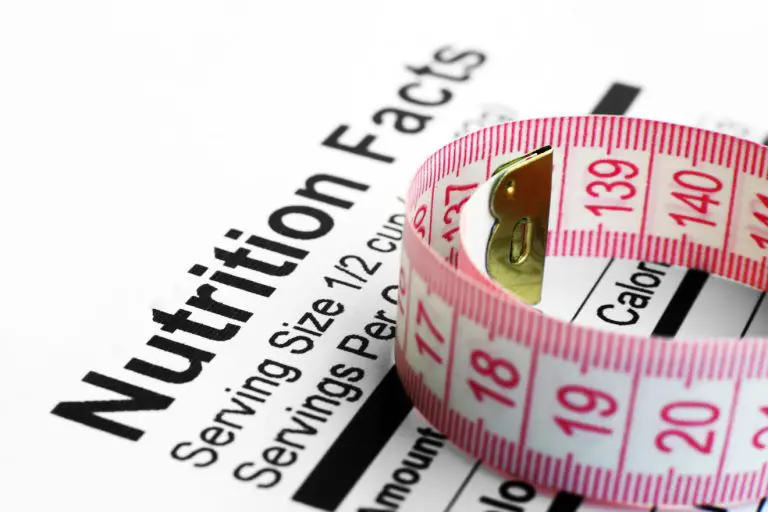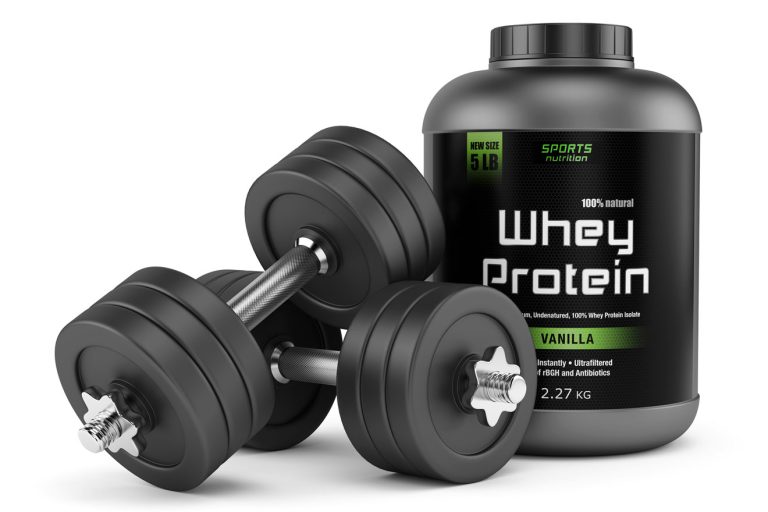What is DOMS? Managing and minimizing muscle soreness
Key takeaways
- Delayed onset muscle soreness (DOMS) is a natural response of the body when it is exposed to a new or unfamiliar exercise.
- Exercising more intensely or frequently, or not warming up and cooling down, can also cause DOMS.
- Active recovery is often helpful in managing DOMS.
- Other strategies that may help in minimizing and managing DOMS are to hydrate, consume protein and carbohydrates post-workout, stretch, and make use of heat and cold therapy.
What is DOMS?
Delayed onset muscle soreness, or DOMS, is a common and often unavoidable phenomenon that occurs after intense or unfamiliar physical activity. It is characterized by muscle pain, stiffness, and tenderness that typically appears 12 to 24 hours after exercise, peaking around 48 hours, and gradually decreasing over several days. For many gym-goers and athletes, DOMS is a familiar feeling after heavy lifting sessions, long runs, or any exercise that challenges the body beyond its usual capacity.
DOMS can be caused by a variety of factors, but it is primarily linked to microscopic damage to muscle fibers. This occurs when muscles are pushed beyond their typical range of motion or subjected to new, intense stimuli. This damage triggers an inflammatory response, which leads to the soreness and stiffness associated with DOMS. It’s important to note that while this muscle damage can feel uncomfortable, it is a natural part of the body’s adaptation process to exercise. Over time, your muscles will repair and grow stronger, reducing the severity of DOMS after future workouts.
What causes DOMS?
The primary cause of DOMS is the eccentric phase of muscle contraction. Eccentric contractions occur when a muscle lengthens while under tension, such as during the downward motion of a squat or the lowering phase of a bicep curl. These types of contractions cause more microscopic tears in muscle fibers compared to concentric contractions, where muscles shorten, and isometric contractions, where muscles maintain a static position.
When muscle fibers sustain these microscopic tears, the body’s natural repair process kicks in. Inflammation occurs as part of this healing process, which leads to muscle soreness, stiffness, and a reduced range of motion. As the body adapts to the strain, the muscle fibers repair and rebuild, often becoming stronger and more resilient than before. This is why consistent exercise leads to muscle growth and improved performance over time.
However, DOMS can also result from other factors, such as:
- Unfamiliar or new exercise: introducing new exercises or changes in training intensity can lead to more significant muscle stress and damage, resulting in more noticeable DOMS.
- Intensity of exercise: the more intense or voluminous a workout, the more likely DOMS will occur. Higher volumes of lifting, running longer distances, or engaging in strenuous cardio exercises are all more likely to cause DOMS.
- Inadequate warm-up or cool-down: skipping a proper warm-up or cool-down session can prevent your muscles from properly preparing for or recovering from exercise, increasing the risk of DOMS.
- Increased frequency of training: exercising the same muscle groups too frequently without allowing adequate recovery time can lead to chronic DOMS or an increased likelihood of injury.
Managing DOMS
While DOMS is generally not harmful and will resolve with time, there are several strategies that can help reduce soreness and speed up recovery. Here are some of the most effective methods for managing DOMS and minimizing the discomfort after intense workouts:
1. Active recovery
One of the best ways to combat the stiffness and soreness of DOMS is to engage in active recovery. Unlike complete rest, active recovery involves performing low-intensity exercises such as walking, light cycling, or swimming. These activities help increase blood flow to the affected muscles, which aids in the removal of metabolic waste products, such as lactic acid, and delivers oxygen and nutrients to repair tissues. Active recovery also helps maintain your range of motion and reduces the stiffness that often accompanies DOMS.
Engaging in low-intensity movement not only improves circulation but also helps keep muscles limber, preventing them from becoming too tight and painful. The key is to keep the intensity low, allowing the body to recover while still engaging in some form of movement.
2. Proper hydration
Hydration is an often overlooked yet essential component of recovery. Dehydration can exacerbate muscle soreness and prolong the recovery process by slowing down the removal of waste products and reducing the delivery of nutrients to the muscles. To manage DOMS more effectively, it’s important to stay hydrated before, during, and after exercise.
To keep your muscles lubricated, drink water throughout the day. This may reduce the risk of cramping and stiffness. Additionally, replenishing electrolytes lost during exercise—especially after long or intense sessions—can help with muscle function and recovery.
3. Nutrition and protein intake
Adequate nutrition plays a crucial role in minimizing the effects of DOMS. Consuming a balanced diet that includes sufficient carbohydrates, proteins, and fats ensures your muscles have the necessary fuel and nutrients to recover. Protein is particularly important because it provides the building blocks for muscle repair and growth.
After a workout, consuming a protein-rich meal or shake within 30 to 60 minutes helps jumpstart the recovery process. A combination of protein and carbohydrates is ideal, as carbs replenish glycogen stores and support the rebuilding of muscle tissue. Some studies also suggest that omega-3 fatty acids—found in fatty fish and flaxseeds—can help reduce inflammation and promote faster recovery.
4. Stretching and foam rolling
Stretching and foam rolling are two methods often used to alleviate muscle tightness associated with DOMS. While static stretching (holding a stretch for 15 to 60 seconds) has long been recommended for reducing soreness, more recent research suggests that dynamic stretching before exercise is more effective at preventing injury and improving flexibility.
Foam rolling, a form of self-myofascial release, can also provide relief from muscle soreness. This technique involves applying pressure to tight spots and trigger points in the muscles using a foam roller. Foam rolling helps improve blood flow, break up muscle adhesions, and reduce the tension that contributes to DOMS. Rolling for 10 to 15 minutes after a workout can help improve recovery and reduce the severity of soreness.
5. Heat and cold therapy
Heat and cold therapies, such as ice baths, warm baths, or heating pads, are often used to alleviate muscle pain and inflammation associated with DOMS. Cold therapy, or cryotherapy, is most effective immediately after exercise to reduce inflammation and minimize muscle swelling. The cold temperature constricts blood vessels, reducing blood flow to the muscles and limiting the inflammatory response.
Use heat therapy later on to relax tight muscles, increase blood flow, and relieve soreness. Warm baths or heating pads can be particularly soothing in the days following intense workouts. This is because heat helps to ease stiffness and promote muscle relaxation.
6. Getting enough sleep
Rest is essential for muscle recovery. Sleep plays a critical role in tissue repair and the release of growth hormones, both of which are necessary for recovering from muscle soreness. Aim for 7 to 9 hours of quality sleep each night to give your muscles time to repair and regenerate.
Poor sleep can prolong the effects of DOMS and increase the feeling of fatigue. Make sure to prioritize restful sleep to manage soreness and improve recovery.
Embrace DOMS
DOMS is a natural response to the physical stress of exercise, and while it can be uncomfortable, it is also a sign that your body is adapting and getting stronger. Managing DOMS effectively involves a combination of proper recovery techniques, nutrition, hydration, and rest. By incorporating active recovery, stretching, foam rolling, and good sleep hygiene into your routine, you can reduce the severity of post-workout soreness. This also helps you recover more efficiently, allowing you to maintain a consistent and productive training regimen.
Ultimately, understanding that DOMS is a part of the fitness journey can help you approach it with patience and a proactive mindset. By implementing the right strategies for managing soreness, you can continue to push your limits and build stronger, more resilient muscles over time.
Written with the assistance of AI. Reviewed and edited by Marielle Livelo.







